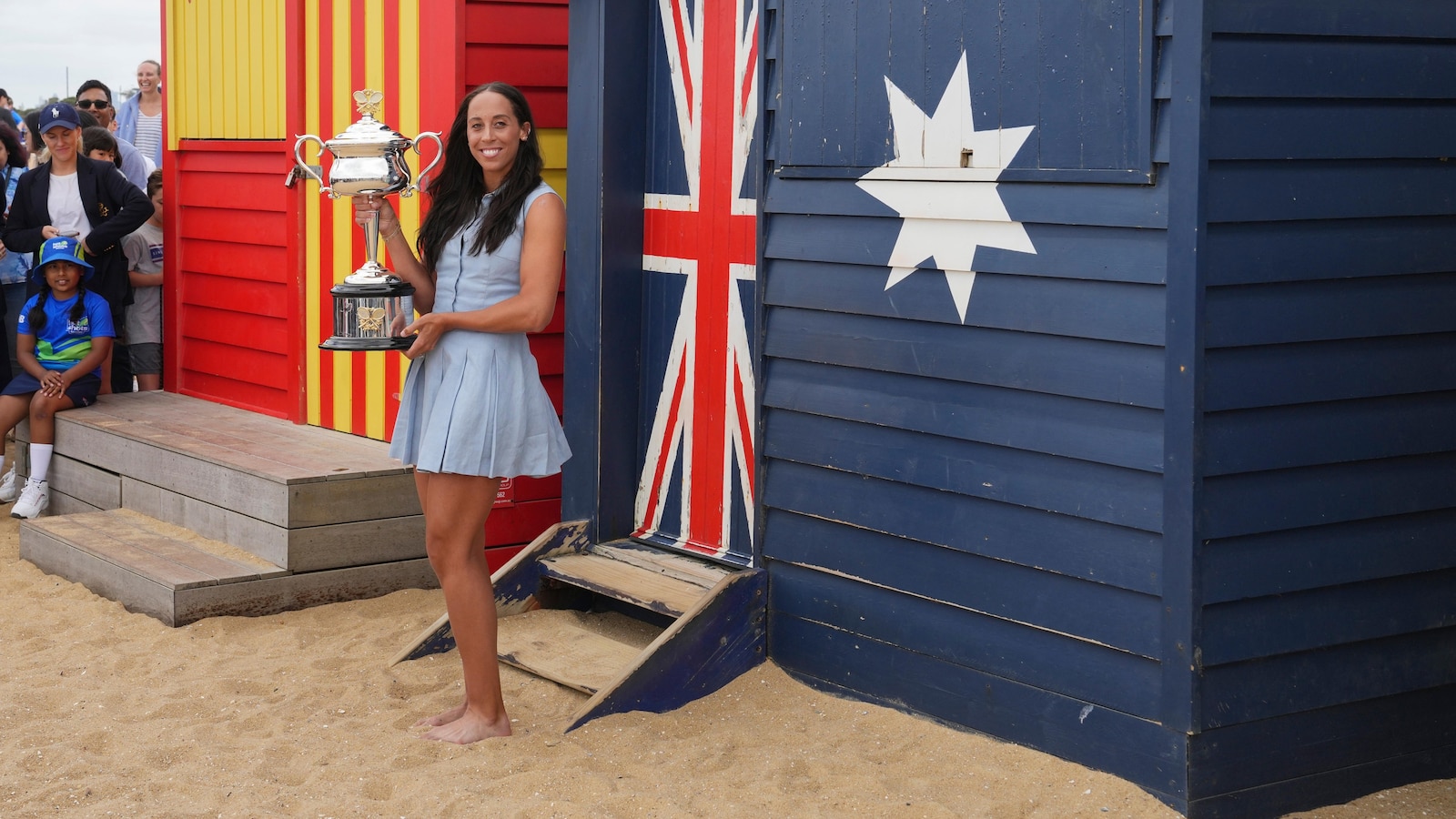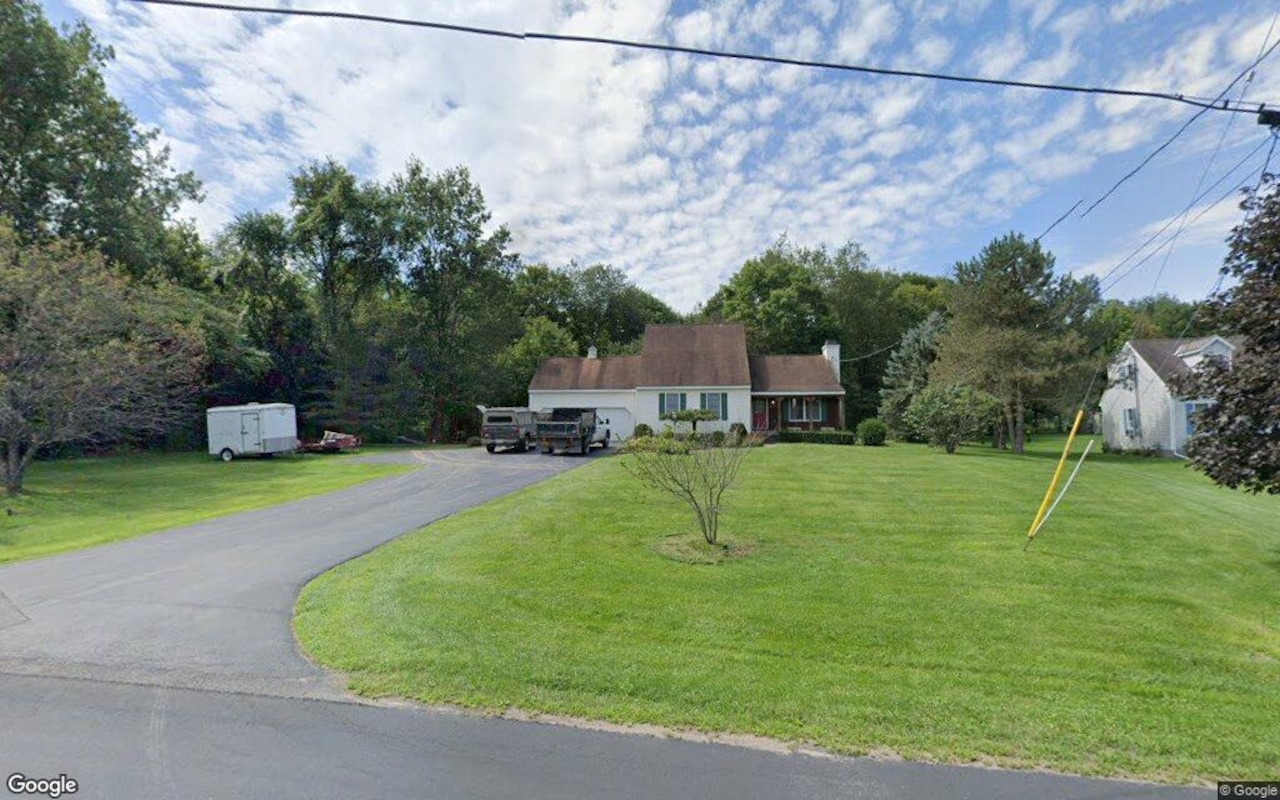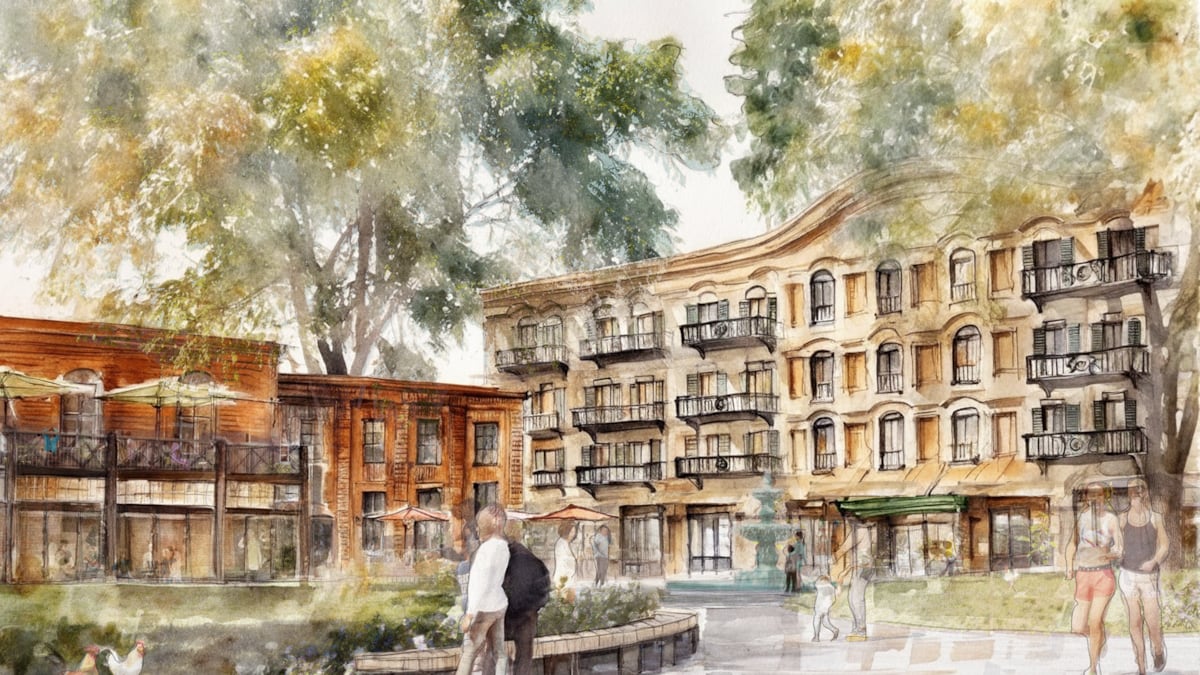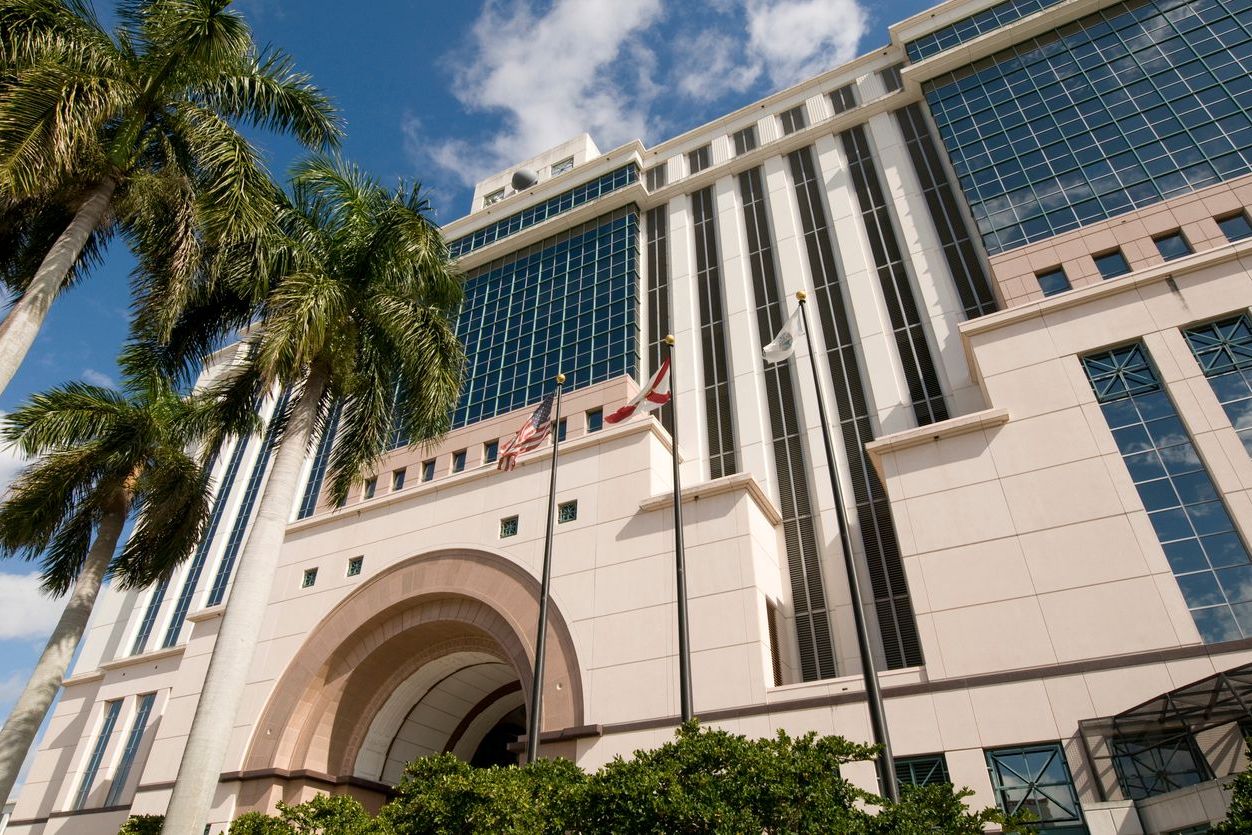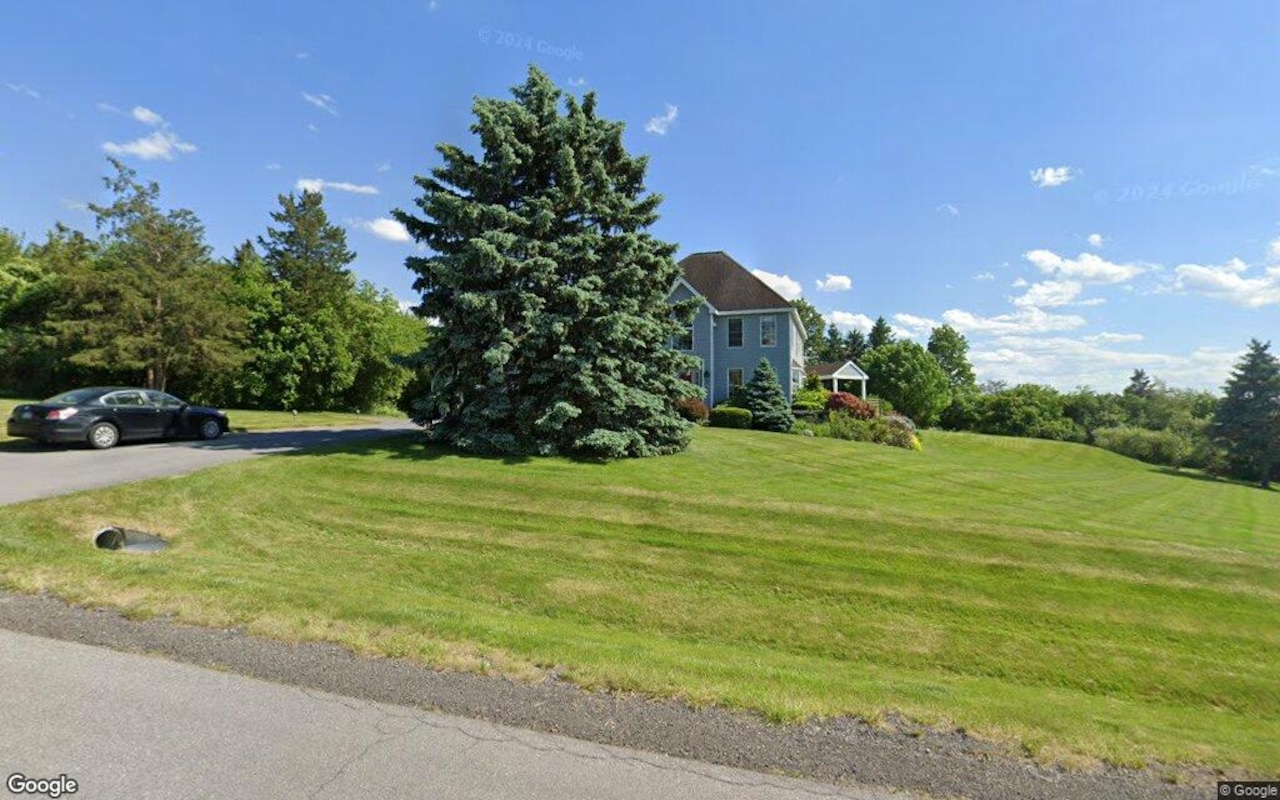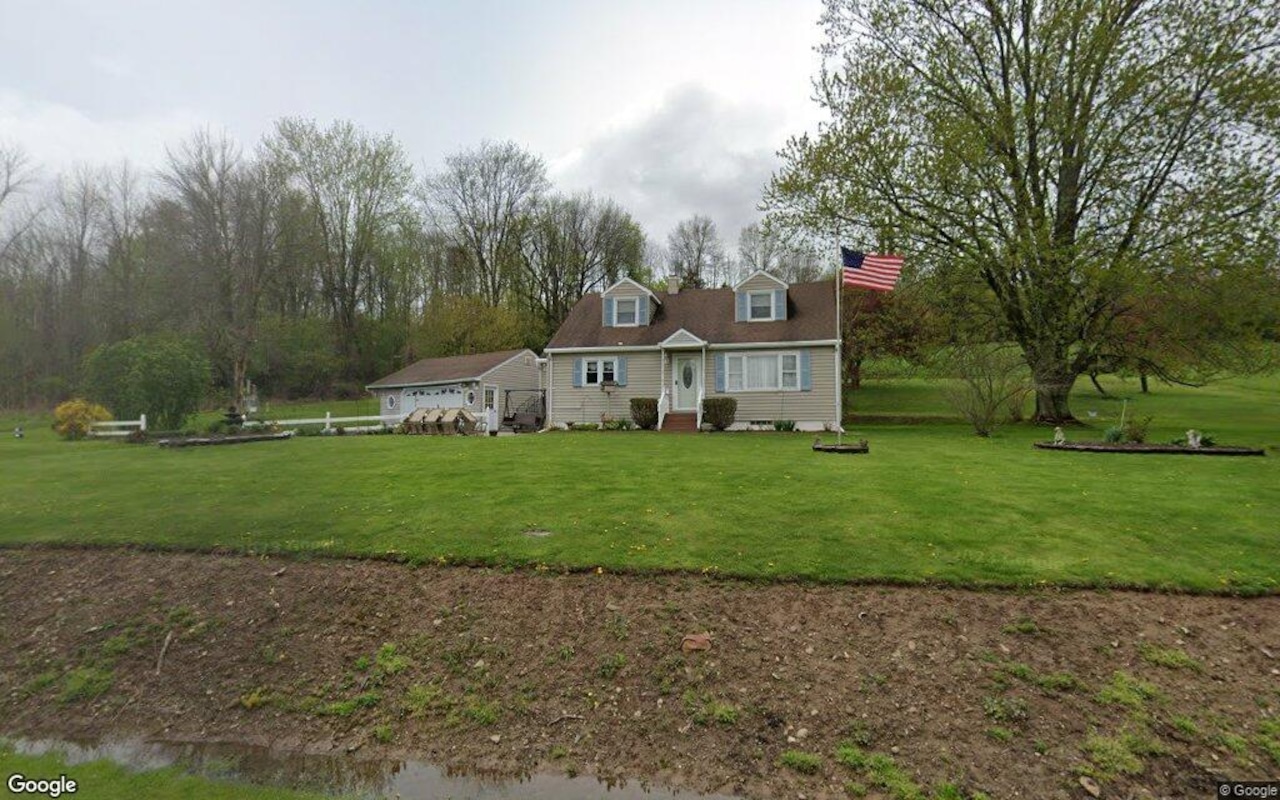M
elbourne’s coastline is dotted with brightly painted, weather‑worn sheds that have become a quirky real‑estate curiosity. These “beach boxes,” “bathing boxes,” or “boatsheds” sit on public beach land yet carry a land title, offering owners a slice of beachfront without the comforts of a conventional home. They lack bedrooms, bathrooms, running water, and electricity, yet some fetch prices that rival or exceed those of suburban houses.
The boxes trace back to the 19th‑century Victorian era, when strict social codes forbade beachgoers from changing clothes in public or wearing swimsuits on the streets. The structures were erected along Port Phillip Bay and Western Port to preserve modesty while allowing people to enjoy the sea. Over time, most were demolished, but about 2,000 remain around Melbourne, making the state a rare refuge for these historic shelters.
Scarcity is the key driver of value. Real‑estate agents note that a well‑situated box can double in worth every seven to ten years. Yet many owners view them more as family heirlooms than investments. John Rundell, who bought Bathing Box No. 43 on Dendy Street Beach in Brighton in 1992 for A$12,000 (≈US$8,000), says the market price is what it is, and the boxes tend to stay within families for generations. He still pays an annual license fee, rates, and a hefty public‑liability insurance premium of A$20 million (≈US$13 million). The shed serves as storage for beach gear and a gathering spot for Christmas lunches and New Year’s fireworks, though it offers no electricity or plumbing—only an ice chest and a camping potty.
Ownership rules are strict: buyers must own a home in the surrounding area, and the boxes cannot be rented, used commercially, or serve as overnight campsites. Solar panels and generators are prohibited. These restrictions keep the boxes exclusive and preserve their historic character.
Prices vary by location. The most expensive boxes are in Portsea, a 90‑minute drive from Melbourne, where units can sell for up to A$1 million (≈US$660,000), with a record A$1.2 million (≈US$800,000) set last year. In Melbourne, the average house price was A$803,194 (≈US$530,378) in August, according to Cotality. Outside Portsea, Mount Martha set a record in April when Beach Box No. 26 on South Beach sold for A$1 million, exceeding the expected price by A$350,000 (≈US$230,000). The seller, Alex Corradi, noted that other boxes with covered decks could fetch even higher prices, though owners cannot alter the shed’s dimensions.
Banks are reluctant to finance these properties. Corradi explained that lenders see them as non‑traditional assets and prefer cash buyers. Investment advisers echo this caution. Cate Bakos, a Melbourne property adviser, acknowledges that scarcity may yield long‑term capital gains but warns that short‑term returns are unlikely. “Buying a beach box is, quite frankly, an illogical purchase,” Bakos said, highlighting the lack of ongoing income and the high maintenance costs.
Despite the challenges, the boxes remain a beloved part of Victoria’s coastal culture. They offer a tangible link to the state’s Victorian heritage and a unique, if unconventional, investment opportunity. Whether viewed as a family treasure or a speculative asset, the beach boxes continue to captivate locals and collectors alike, standing as colorful relics on the public sands of Melbourne’s shoreline.
